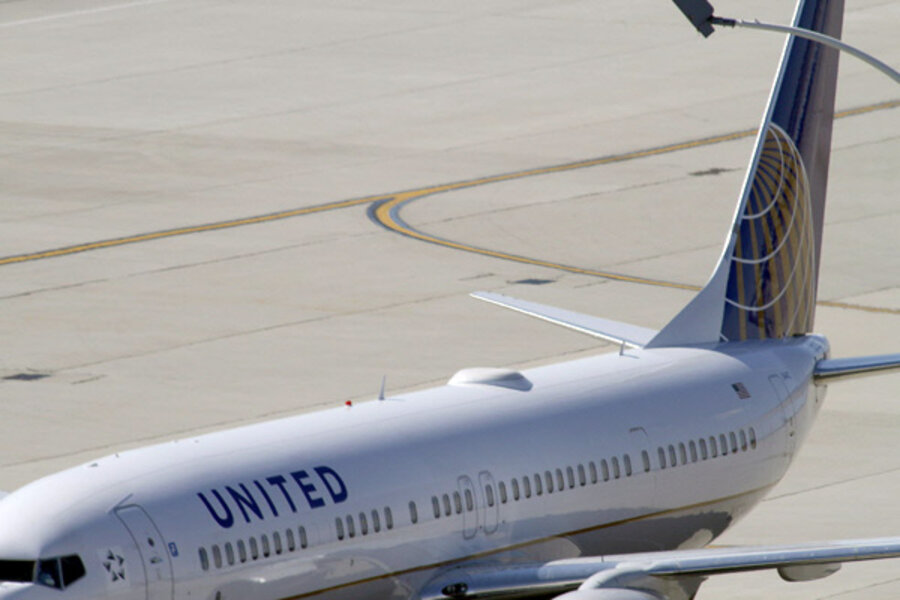United Airlines: United and Continental complete combination
United and Continental closed the deal on Friday that will create the world's biggest airline. The new carrier aims to lure business fliers who want to travel overseas while keeping fares competitive with discount carriers in the U.S.
The combined airline will be called United Airlines, with Continental's colors and globe logo on the tail. This leaves the U.S. with three dominant international airlines — United, Delta, and AMR Corp.'s American — and a big domestic hauler, Southwest Airlines Co.
Some industry watchers have said the deal will lead to higher fares, although United and Continental have said that competition from low-cost airlines like Southwest will keep prices from rising.
Combining the two airlines will take a year or more. For now, Continental customers will continue to check in through Continental's website or at Continental airport counters. The same is true for United customers. Their frequent flier programs will stay separate for now, too.
Jeffery A. Smisek, the Continental boss and now CEO of the combined company, United Continental Holdings Inc. He said customers shouldn't be concerned about their frequent-flier miles, promising that there will be no change in how miles are earned or spent until the United and Continental programs are combined. Smisek didn't say when that would happen.
The new company began trading Friday on the New York Stock Exchange under United's old symbol, UAL. Shares rose 94 cents, or 4 percent, to $24.60.
United Continental said travelers should begin to see a more unified product in the spring. It expects to get a single operating certificate from the Federal Aviation Administration in early 2012.
Just two years ago, the U.S. had at least five major international airlines. Then Delta Air Lines Inc. bought Northwest in October 2008, making Delta the world's biggest airline until Friday. The success of that combination was a reason United and Continental decided to pair up this spring.
United and Continental together carried 8.7 percent more traffic than Delta through August of this year. The combined airline would have about 5,800 daily departures, versus Delta's 5,715.
United Continental is hoping that a larger route map will attract more corporate travelers, who spend more. It should also reduce costs, as Continental's headquarters and operations center in Houston are eliminated, along with other overlaps.
The company said it expects as much as $1.2 billion in combined new revenue and cost savings by 2013, including up to $900 million in new revenue as its larger network attracts new passengers.
J.P. Morgan analyst Jamie Baker wrote in a note that he is "doubtful" of those claims. He wrote that Delta management claimed $1.5 billion in similar gains from the Northwest deal. But its margins have only been on par with the rest of the industry.
Baker expects $400 million in extra labor costs at United Continental as it integrates two unionized work forces.
The new company is based in United's headquarters in Chicago. United shareholders own about 55 percent of the stock.





